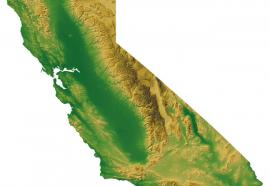New York Negawatts
Balancing risks and opportunities in efficiency investments.
In June 2008, the New York Public Service Commission (PSC) established the electric energy-efficiency portfolio standards for New York’s investor-owned utilities. In its order, the PSC directed utilities to file three-year energy-efficiency plans. Later that year, the PSC issued a supplemental order approving shareholder incentives for utilities successfully implementing their portfolios. If all goes according to plan, the six affected IOUs stand to earn about $27 million annually in performance incentives over three years. The structure of the incentive mechanism approved by the PSC presents risk factors that might affect utilities’ ability to realize the full earning potentials the mechanism offers.










